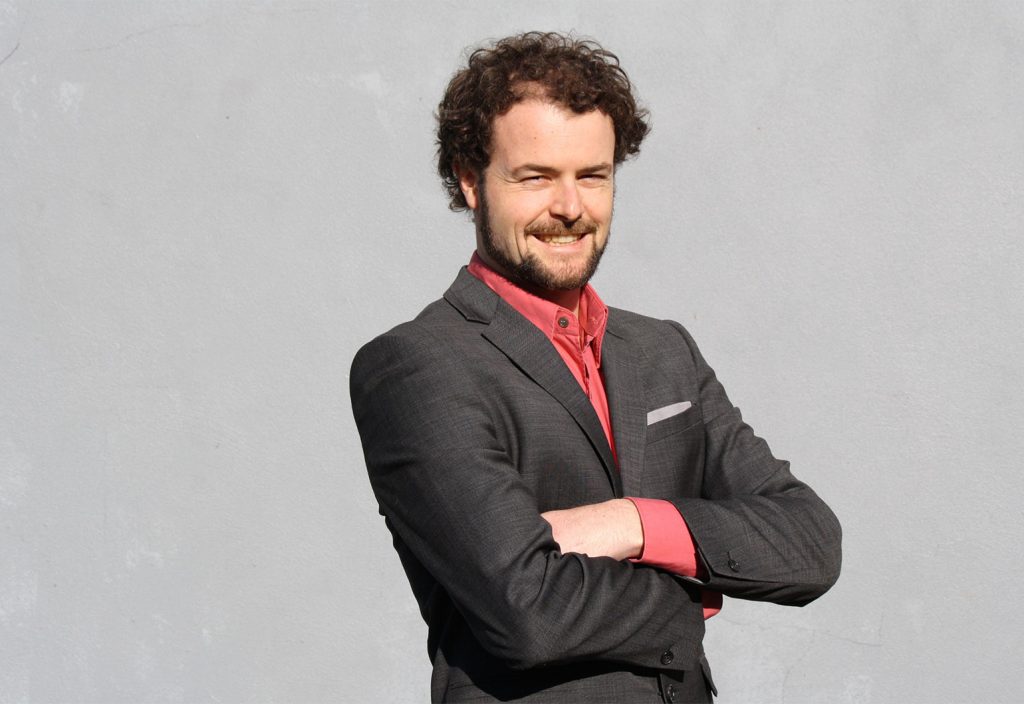Ahead of his appearance at Engineers Australia’s Climate Smart Engineering conference in November, Tom Quinn, Head of Policy & Research at Beyond Zero Emissions, shares his belief that renewable energy industrial precincts are the future.
At Beyond Zero Emissions we’ve focused a lot of energy around creating a model for the reindustrialisation of Australia, through doubling down on green industry and green export. Much of this will centre around renewable energy industrial precincts (REIP).
We have identified 14 ideal REIP locations, almost every one in current industrial heartlands. And we’ve taken a much deeper dive into two of these — Gladstone in Queensland and the Hunter Valley in NSW, both known for their intensive fossil fuel economies.
These areas can become powerhouses of the future green export space, particularly in green steel, green aluminium and green hydrogen.
From a jobs perspective, we’ve shown that in those two locations alone, REIPs will create 45,000 jobs by 2032. These precincts will bring billions of dollars of revenue into regional areas and significant capital investment.
All of this, of course, is going to rely on engineering skill sets.
These REIPs are a good news story from every angle. Our proposals have garnered support from industry, from local communities and from both sides of politics.
In the past, people have been stuck on the argument that we need to choose between fossil fuels and green energy, or between the economy and the environment. We’re arguing that it’s simply a smart economic approach to diversify local and regional economies.
Global demand is clearly and rapidly shifting towards zero emissions. Australia’s top five trading partners that take 80 per cent of our fossil fuel exports have all committed to net zero emissions. Right now, they’re implementing policies that will result in zero emissions earlier. There is no long-term future in fossil fuels.
Why should engineers be interested in this? Because engineers will be critical to its success. They are the designers and the builders.
Engineers will be required to design and build new industries and to re-tool existing facilities. Engineers will be needed to convert steel smelters and other plants from running on metallurgical coal and gas to green hydrogen. It’s a fascinating challenge, and one that only engineers can solve.
Finally, we’ll need more smelters across the country, to bring us up the value chain. Rather than simply exporting very large quantities of iron ore, we can create value and jobs onshore as we tap into our abundant and competitive renewable energy resources.
All of this is going to require a lot of very smart engineers to make it a reality.
Hear more from Tom Quinn at the Climate Smart Engineering conference. To register to attend, visit www.eacse.com.au.
